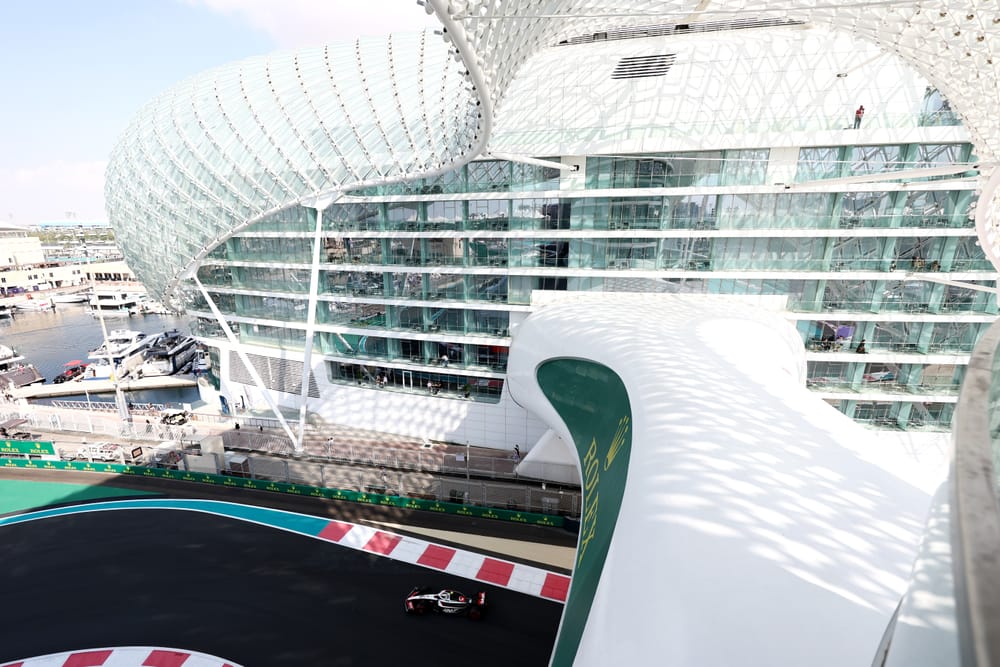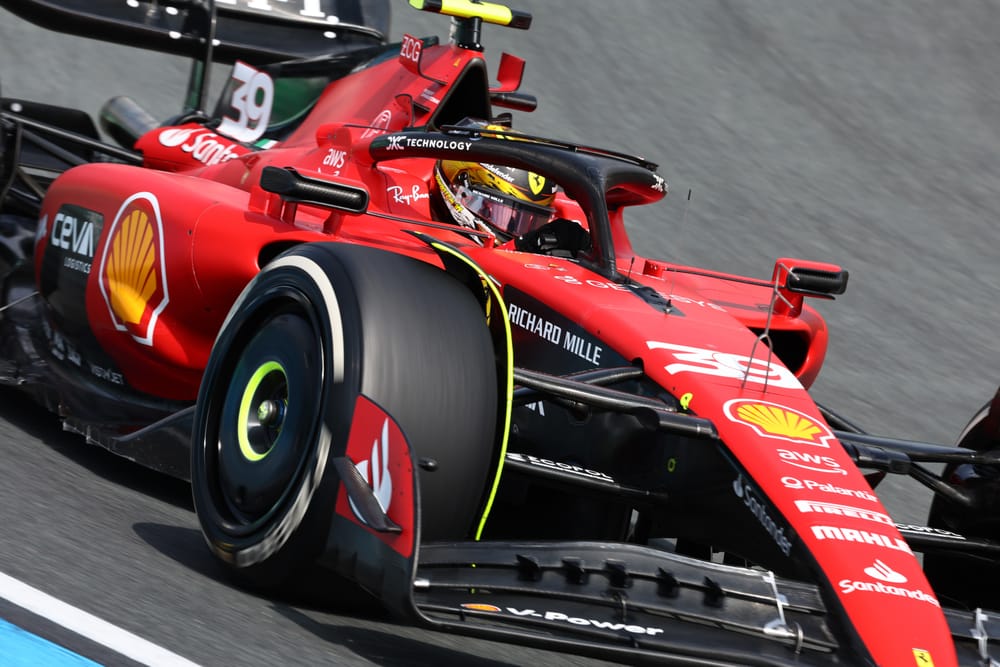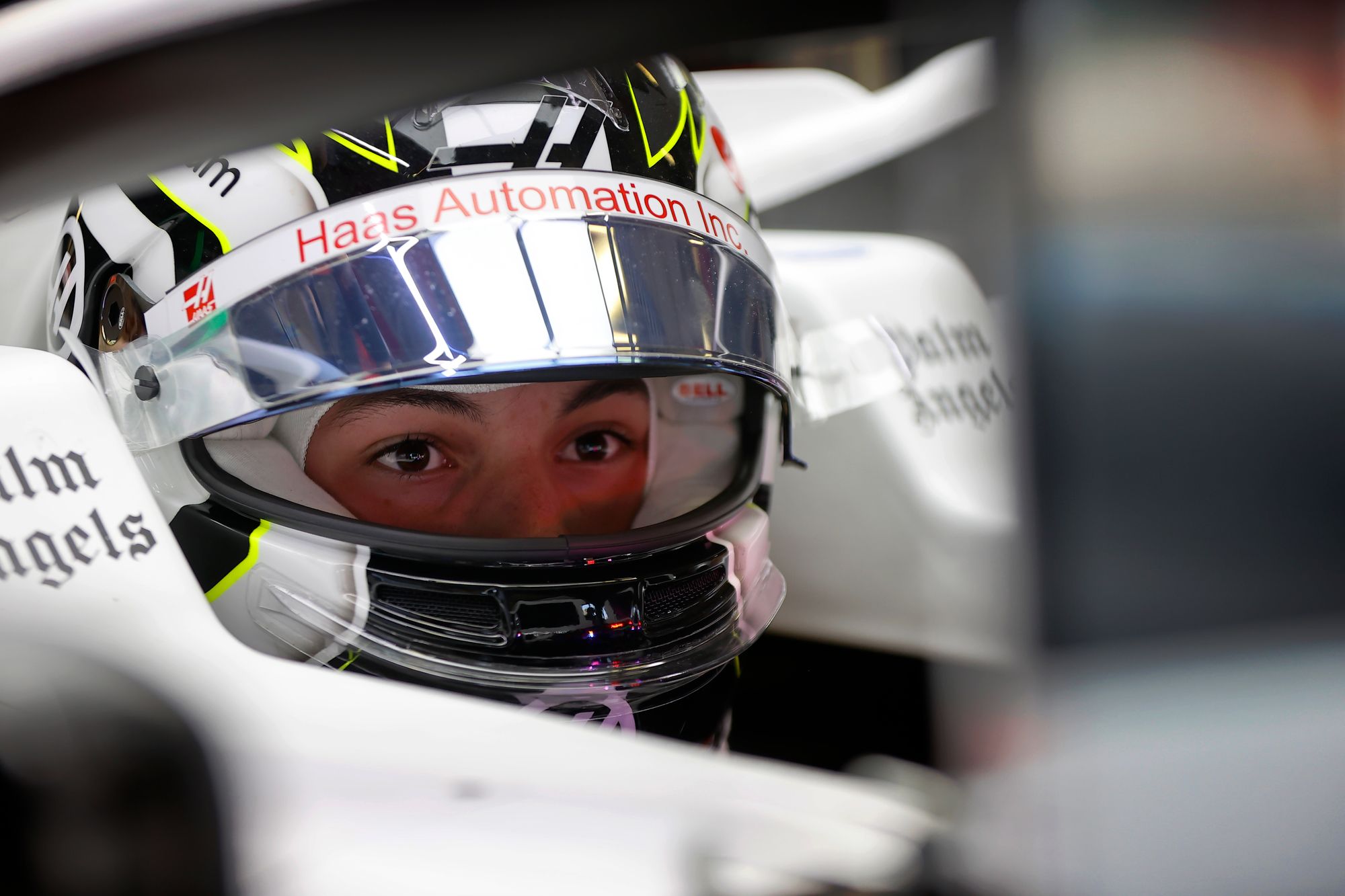Up Next

The slowest Formula 1 driver in Friday practice at the Abu Dhabi Grand Prix made a much stronger impression than the timesheets would suggest.
Opening practice at the Yas Marina circuit was populated by no fewer than 10 stand-in drivers as teams rushed to fulfil their final, mandatory obligation to field so-called rookies in a practice session this season.
Among them was Ferrari protege Ollie Bearman, back in a Haas for the second time this year. And the Formula 2 frontrunner was 'slowest' - and not just of the 10 interlopers, but of all 20 drivers in FP1.
Not by much, though. And not with a performance that reflected poorly on the 18-year-old at all. In fact, it was the opposite.
“I’m really happy to be honest,” said Bearman. “The goal of the session was the exact same as Mexico, just bring the car back and increase my knowledge. And I did exactly that, I doubled my mileage in the F1 car, more or less.
“It was a really positive session. I felt like I got up to speed a lot quicker. I felt very comfortable in the car more easily. So, it was just a positive day.”
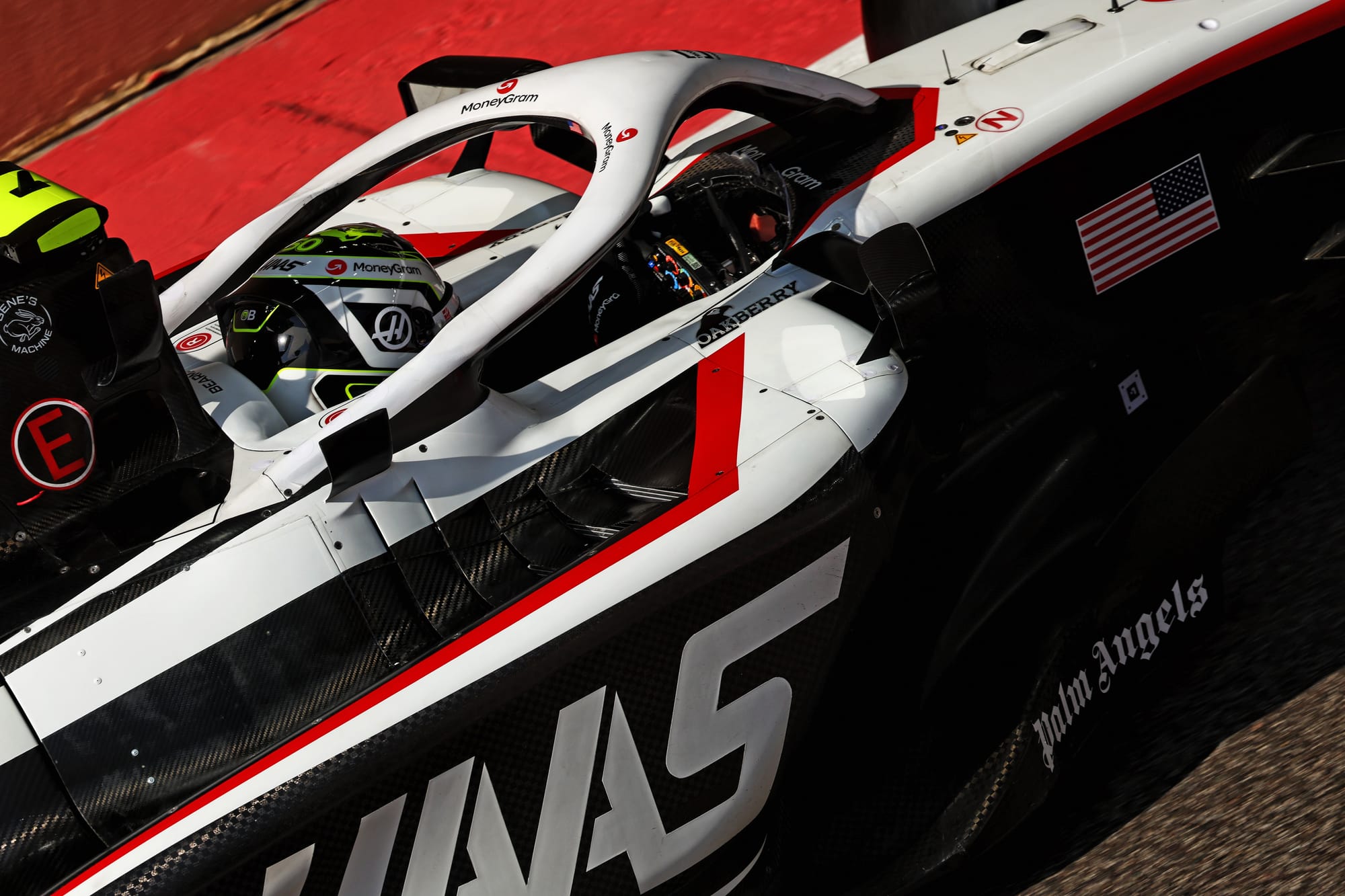
After an excellent, assured run in FP1 in Mexico a few weeks ago, this was another effort that looked impressive when The Race followed it closely throughout, and was quietly lauded by his team.
As he did in Mexico against Nico Hulkenberg, Bearman compared well to Kevin Magnussen in FP1. His ultimate pace was only a tenth of a second slower, despite losing time when – for the second time in the session – he accidentally, briefly put the car into the wrong engine mode.
“It seemed like every time in Turn 6, the placement of this button, I was touching it,” said Bearman.
“So, let’s see. But that was quite annoying. On my second lap on the soft, which was slightly better, I lost a lot of time in that straight just because I pressed the wrong button.”
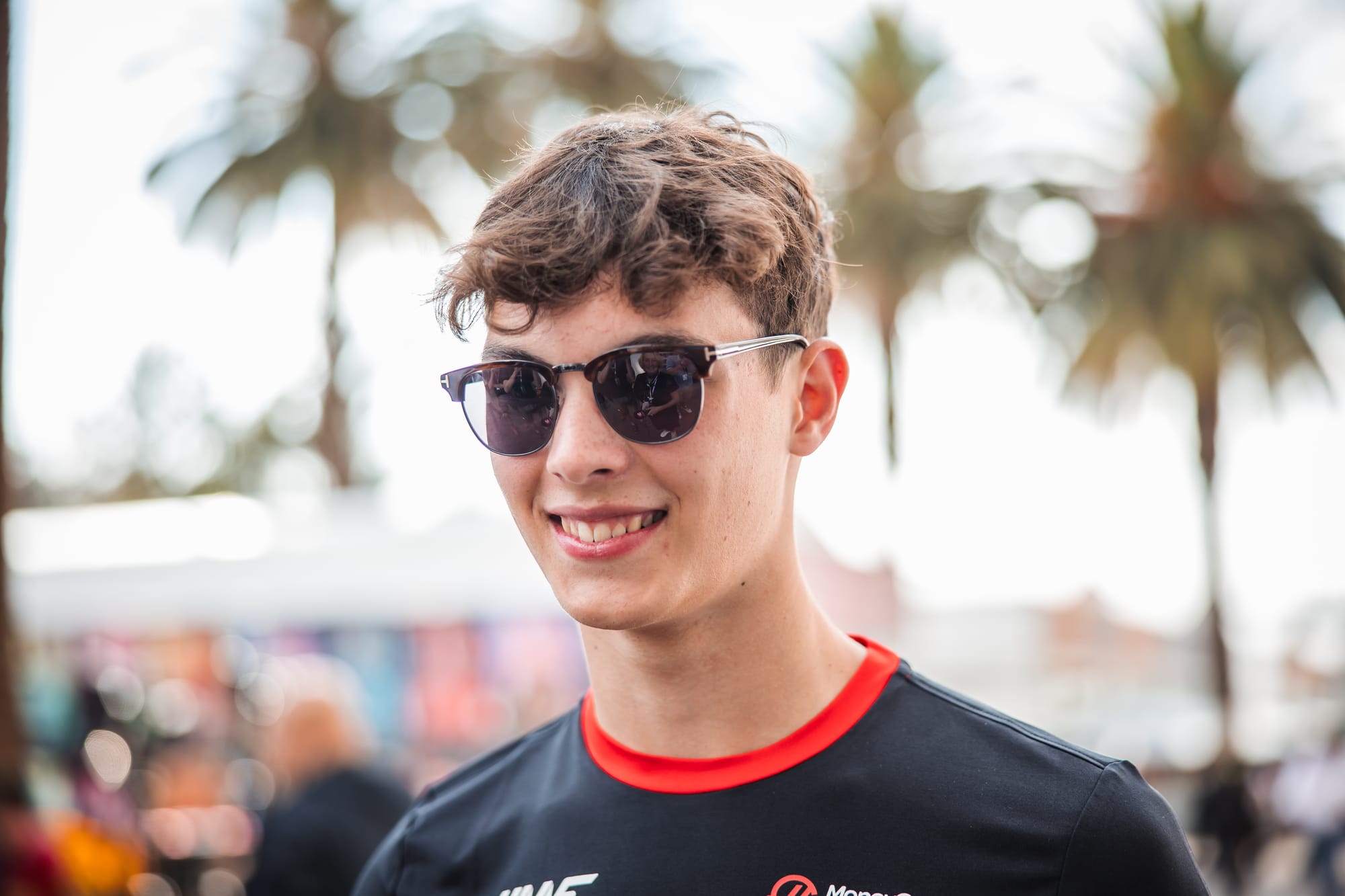
Bearman’s 0.107s deficit to Magnussen was one of the best of the 10 stand-ins. Only the more experienced reserve drivers Felipe Drugovich (Aston Martin) and Robert Shwartzman (Ferrari) compared better against their respective regular driver.
HOW THE STAND-INS COMPARED
Drugovich -0.271s to Stroll
Shwartzman +0.027s to Sainz
Bearman +0.107s to Magnussen
Doohan +0.145s to Gasly
O’Ward +0.449s to Piastri
Pourchaire +0.640s to Bottas
O’Sullivan +0.718s to Sargeant
Vesti +0.743s to Russell
Different programmes between drivers and different circumstances like spoiled laps or little issues can distort the view of how FP1 drivers really performed. So reading too much into headline times is naïve.
But considering the red flag-interrupted FP2 session had both Magnussen and Hulkenberg in two of the bottom four positions, it’s safe to say Bearman’s performance in FP1 was more car limited than driver limited. And his long-run pace, such that it was, looked decent too.
He was slightly quicker than Magnussen while performing high fuel work on mediums, and although degradation is impossible to judge over such a short stint and can easily distort this conclusion as well, it is difficult to conclude that Bearman did anything other than put in another accomplished, and pretty fast, session’s work.
Ironically, despite this being his second appearance, his feedback afterwards was more akin to a driver’s first taste of F1 – as swapping the low-downforce/drag nature of Mexico for a grippier, faster Abu Dhabi meant a significant difference in what he felt in the car.
“I was actually quite shocked at the amount of grip when I started the first lap,” he said.
“I think I was like three seconds off after my first lap! And then I was like, 'wow, OK, there's a lot more grip here'.
“That was quite unexpected. And after that, I started to push. It feels like the grip is just unlimited compared to what I'm used to driving. The car was just so planted. And it really was breeding confidence.
“For that reason, I was able to get up to speed really fast. And what I had underneath me felt really good.
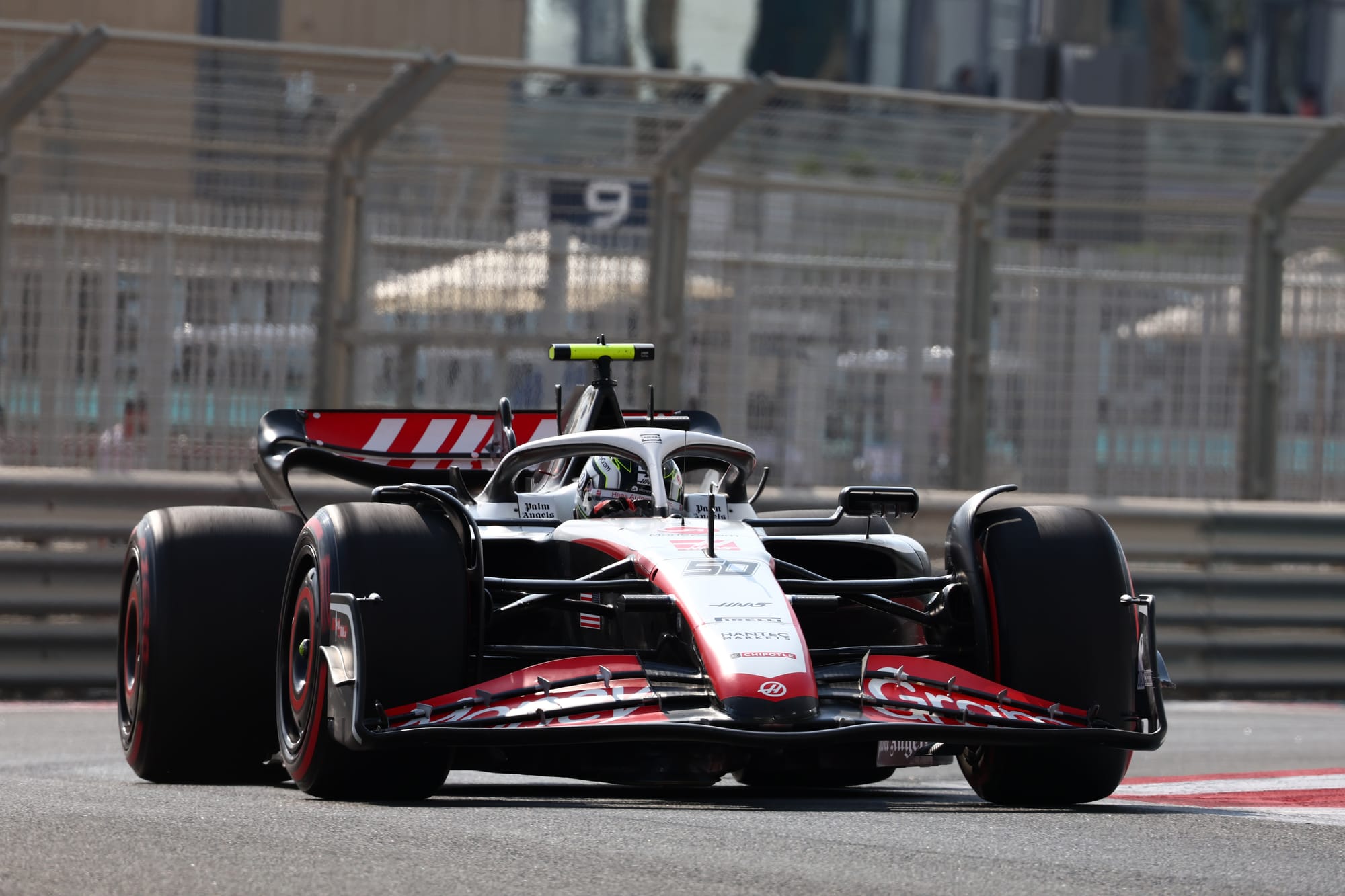
“The entry phase is the difficult place to get confidence because usually a car is the least stable in that part of the corner, where you're combining the brakes and the turning.
“But compared to what I'm used to, it's a whole different world. The amount of grip and downforce is just insane.
“And once I build up to it, I still have to take care and not push everything because mistakes aren't good at this stage.
“There was risk management. But overall it was good."
The only downside for Bearman is that this strong F1 impression could not be parlayed into a good performance for his ‘day job’.
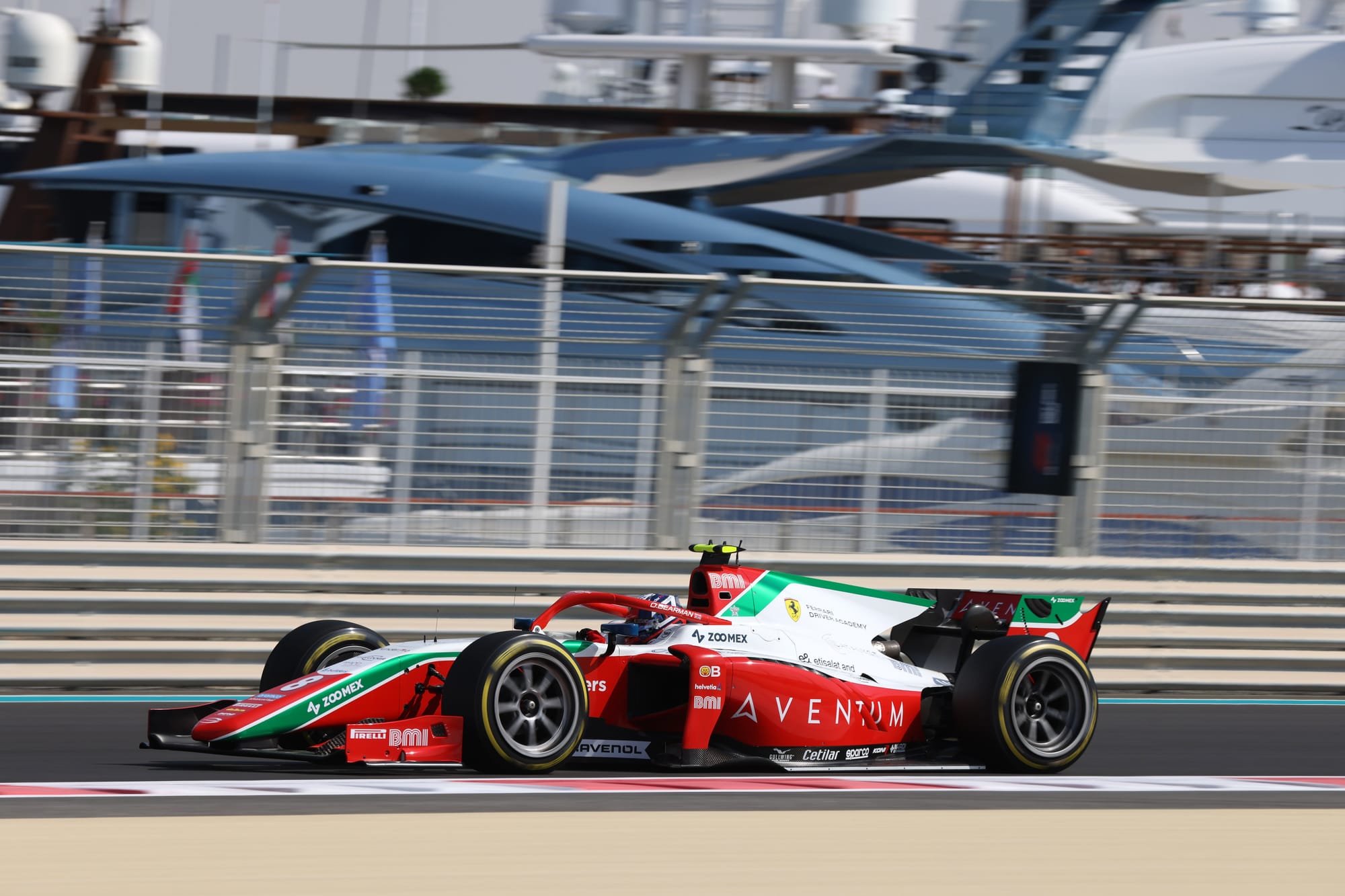
F2 qualifying was hugely underwhelming, as he ended up a lowly 17th – a blow to his hopes of climbing a couple of places in the standings late in a good first F2 season.
He described that as a “separate issue” to the awkward challenge an F2 driver driving in an F1 practice session has to manage in Abu Dhabi.
Hopping between the two is not easy but Bearman doubted this was a factor, claiming it had been “quite difficult” in the F2 car in general as he “struggled to find the rhythm and good confidence with the car”.
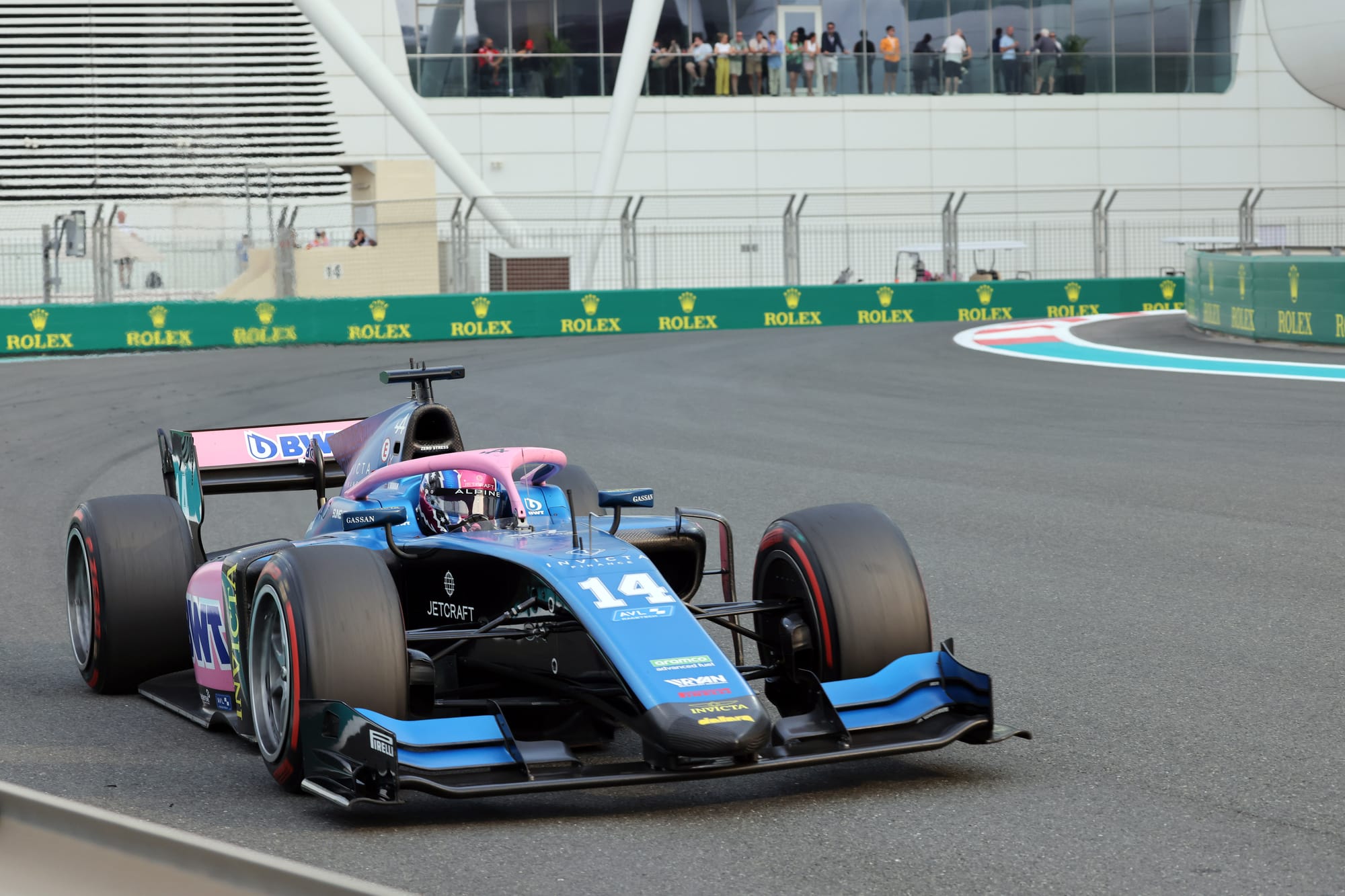
That would seem to be supported by fellow FP1 stand-in Jack Doohan (above) claiming pole for the F2 feature race – proof that some extracurricular F1 activity needn’t be a distraction or a disadvantage.
Disappointing though it is not to have replicated that, the impact Bearman is making in these F1 outings is at least likely to outlast a low-key F2 finale.


